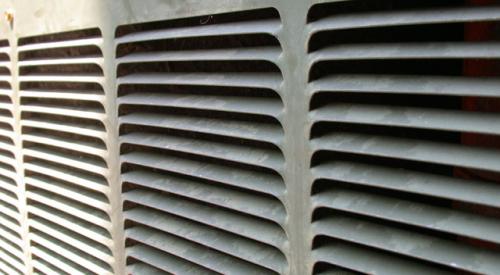When I travel with my wife, or sometimes just run to the grocery, cleaners or hardware store, she frequently has to remind me, “Scott, remember, you are NOT in charge here.” Many of you fellow Leanistas know the drill. You hardly ever see a restaurant, a checkout, a meat counter at the supermarket, a parking lot or God help us a TSA line at the airport – in our out – that we could not spend 5 minutes rearranging and save folks a ton of time and money. Or maybe it’s the Chase Bank Online Banking website, which had to be designed by some perverse young financial interns after a long night partying. Sometimes I (and you) just want to start screaming, “OK people, we are all going to stop and fix this RIGHT NOW!” And yeah, as a guy who gets out onto builder jobsites about 3 weeks out of 4, I see it there, too.
Design For Failure (DFF) is a key concept in Lean that is almost never discussed in our industry, but in automotive and all kinds of manufacturing they know it well. A relentless commitment to rooting out DFF accounts for much of why today’s vehicles (and Detroit competes head-to-head with the best foreign competition now) are about 10 times better than the crap we bought in the 80’s and 90’s, for about the same percent of your paycheck. Homebuilding? I saw a cricket at a roof intersection last week that was not a potential for leaks, it was a guarantee. I saw a placement of an HVAC blower the week before that that was designed perfectly to have customers unhappy about the relative heat or cold in about half the rooms in the house. Before that it was a plan that showed a smaller window opening than what appeared on the elevation. All perfectly designed – to fail.
If you are really into the Quality stuff, I suggest you subscribe to Quality Digest and get their Quality Digest Daily. There is almost always something to get you thinking a bit more deeply. Today, I saw this article about Design for Failure by William Levinson, and replied under my user name “LeanBuilder.” Take a quick look …
http://www.qualitydigest.com/inside/quality-insider-column/eliminate-muda-aircraft-boarding.html#comment-3532
The author talks about one-sided buffet lines (I am somewhat famous for intervening in these) and goes into another favorite pet peeve of mine, airline boarding. There are a lot of replies and mine is starting to get lost in the string, so here is what I wrote:
Great piece, William ... I cannot tell you how many times I have gotten 5 guys together and commandeered the buffet table at a workshop and pulled it out from the wall, much to the horror of the catering staff. “OMG ... the back side does not have a skirt on it!!! What will the boss say?” But there are two reasons that loading from either the back or from window seats of a plane can never work, and as a guy who flies most every week, I have thought this method and many others through multiple times.
First, the airlines have made checking bags so financially punishing that everyone tries their damnedest to carryon anything and everything. Note how few people now line up to receive checked bags at the carousel compared to 5 years ago. And if there is no place to stash them on the plane, well, at least you got them checked for free!
Second: To point #1, add the fact that there is nothing to stop those getting on first from dumping their bags off anywhere in the plane ... and they do. Delta tried this, and it became extremely frustrating when you got to your seat and the overhead bins were full, and all those who got on first are lounging with their feet stretched out on nothing under their seats. The only way to manage that is to turn the flight attendants into very aggressive traffic cops, even more than they already are. I have two old high school friends who are flight attendants and this is making them crazy already.
So, combine a bad policy with bad (but rational) human behavior and you end up with a classic Design For Failure. Everyone unhappy.
Here’s my challenge for you all: What are your building industry examples of Design For Failure? Let’s post them and see if someone out there has some answers. As always, this blog will be posted in the “LeanBuilding Group” at www.Linkedin.com. That is a great place to get a more lengthy discussion going. If you have not yet joined, please do. Scott












